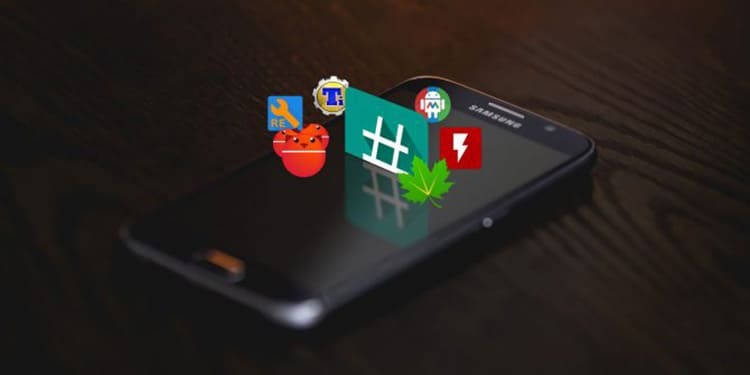
CONTENT
- 1 What is Android rooting and why are they not built-in from the start
- 2 What types are root rights divided into?
- 3 What allows you to get an administrator account
- 4 Disadvantages of rooting
- 5 How to root Android using utilities
- 6 Rooting programs and applications and antivirus protection
- 7 Smartphone features that prohibit changes
What is Android rooting and why are they not built-in from the start
Initially, root is a special account on UNIX systems that has full privileges to perform any operations on the system. Root is often referred to as the superuser. This account was created to simplify system administration. Define settings, give elevated privileges to other users, and so on. But giving such rights to everyone in a row is dangerous - if used improperly, a system could crash or compromise security mechanisms. Therefore, in many Linux distributions, the user does not have access to root mode by default. For example, in Ubuntu, to make important changes to the system or to gain access to protected folders, you need to enter a special command and password. In Android, the superuser is implemented in a similar way - it seems to be there, but the user is not available by default. This is a kind of protection for users from themselves, so as not to accidentally damage the system. If the user cannot get root privileges, most likely he has nothing to do inside the system.
What types are root rights divided into?
Smartphone manufacturers are trying to protect users' smartphones as much as possible, but at the same time do not limit them, and allow them to use all the capabilities of the gadget. Therefore, there are several types of root rights: full, full with restricted access to the "system" folder, and temporary. In fact, this is more of a convention, since root rights, by definition, should provide full access to the system. In any case, it looks like three different types of access to the user.
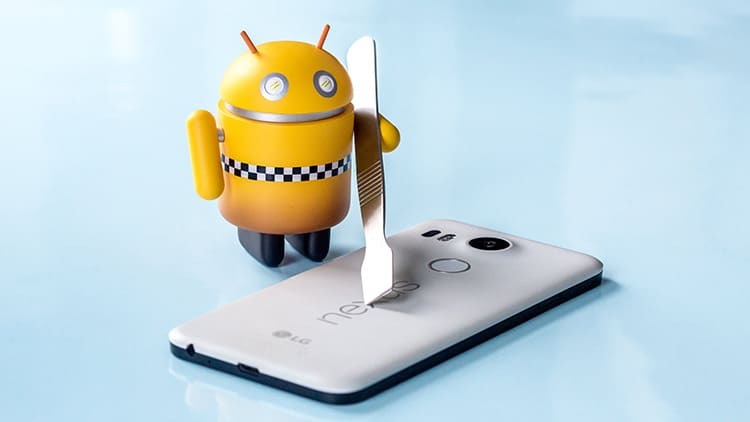
Full access is granted once and for all. That is, after "rooting" you will have access to the entire system without restrictions on time and directories. Restricted access to the "system" folder is an element of protecting the system from accidental damage. A temporary one is given within one session, for example, until the next restart. To get access again later, you need to perform the rooting process again.
What allows you to get an administrator account
Probably the biggest reason users want to root is the ability to uninstall preinstalled apps that eat away at device resources. Nowadays, new smartphones with "pure" Android are rare, so getting rooted rights is very important for most users.
As for the rest of the advantages that root rights give, they are more suitable for geeks and enthusiasts. For example, install a newer, but not official, custom firmware on your old smartphone. Which may contain new functionality, capabilities, or simply work faster. Also, users who understand the systems get the opportunity to fine-tune their smartphone. For example, set the processor overclocking, adjust the signal quality and other complex manipulations with the device.
Disadvantages of rooting
When carrying out operations for obtaining root rights, one must also take into account the risks associated with this. Firstly, many manufacturers void the user's smartphone warranty. Secondly, it is worthwhile to understand that now any application in the system can access the system partitions and settings. In other words, a virus may well take over control of a device. During the operation of obtaining root-rights, a failure may occur, which will turn the phone into a "brick". The situation is rare, but it happens. Only contacting the service center can help.
Rooting is not possible on every smartphone. Many manufacturers simply block the bootloader used for rooting. Although some of them allow you to unlock it without any problem.
How to root Android using utilities
By installing a special application on the phone, by running the corresponding function, you can get superuser rights. This does not work on all models, but it is worth starting with this. Let's see what applications you can use to quickly get root rights. In general, it should be noted right away that all applications of this type are a set of tools for obtaining elevated privileges using vulnerabilities. Therefore, they usually differ only in design and the list of supported devices. Their functionality is the same. The most effective practice for obtaining root rights is to enumerate all possible applications, starting with the most popular.
KingRoot
One of the most popular and simple applications for getting root rights. In the official Google Play application store it is not, but you can download the program on the forum "w3bsit3-dns.com". Application management is so simple that root-rights will be installed almost by themselves.
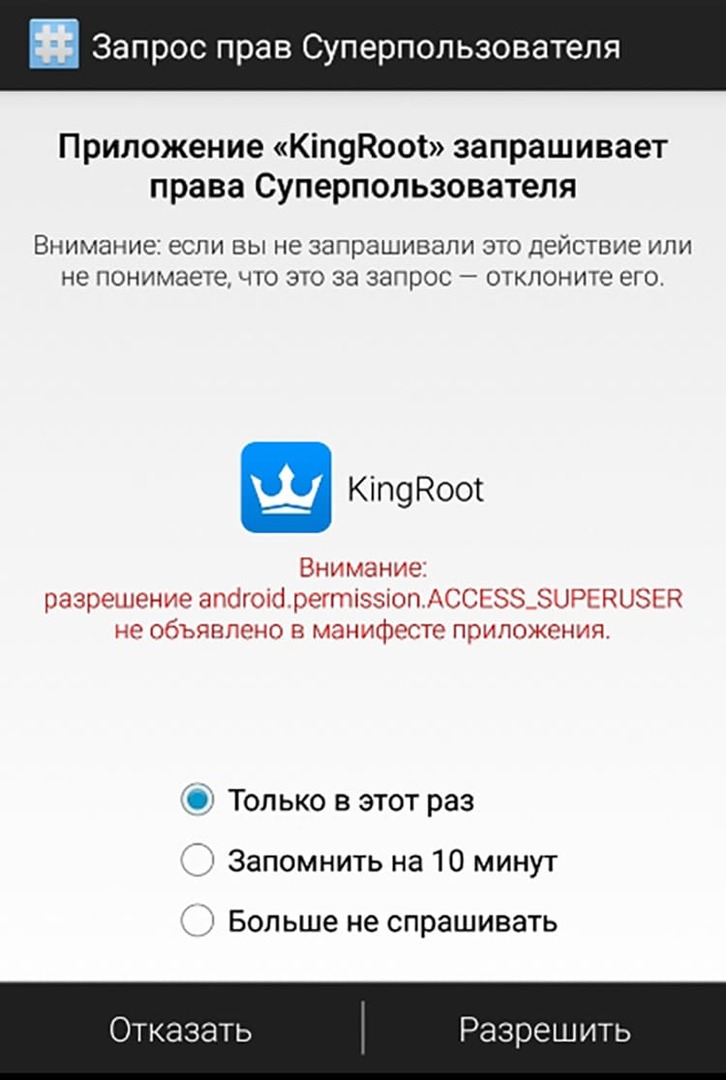
After the start screen, the application will prompt you to check if it is possible to switch to superuser mode. And if there is such an opportunity, he will offer to do it.
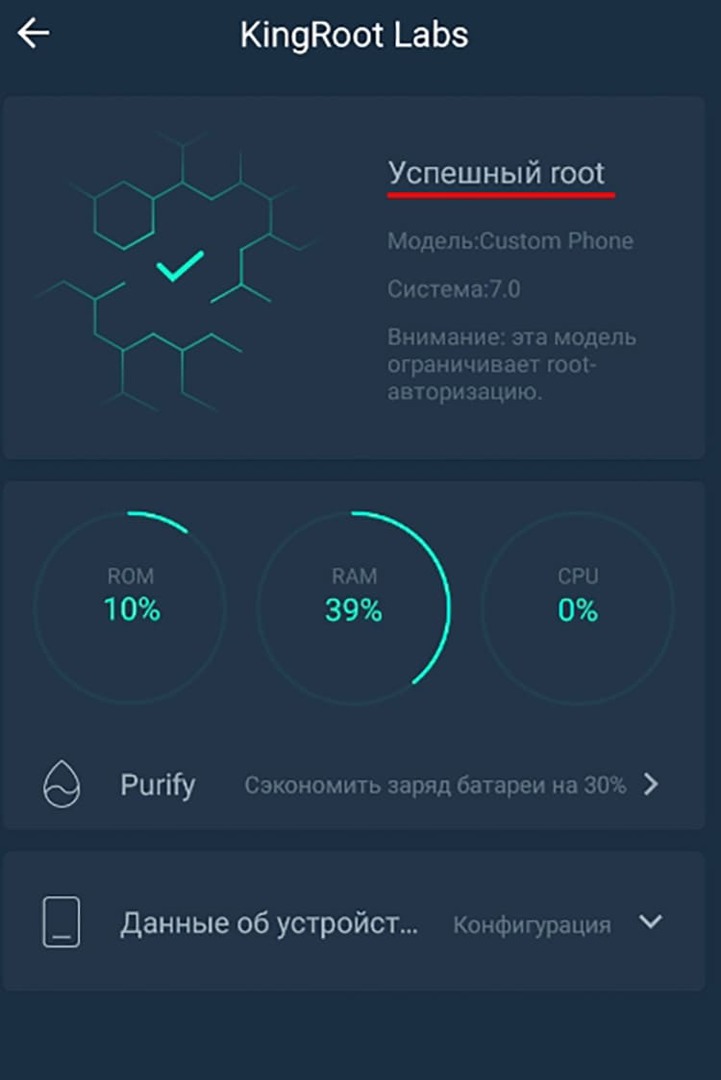
360 Root
The Chinese creation has also become quite popular. The process of obtaining root rights is very simple - after launching the application will automatically check the possibility and available methods of rooting. The process can be activated literally in one click. The application supports a large list of brands and models of smartphones and tablets.
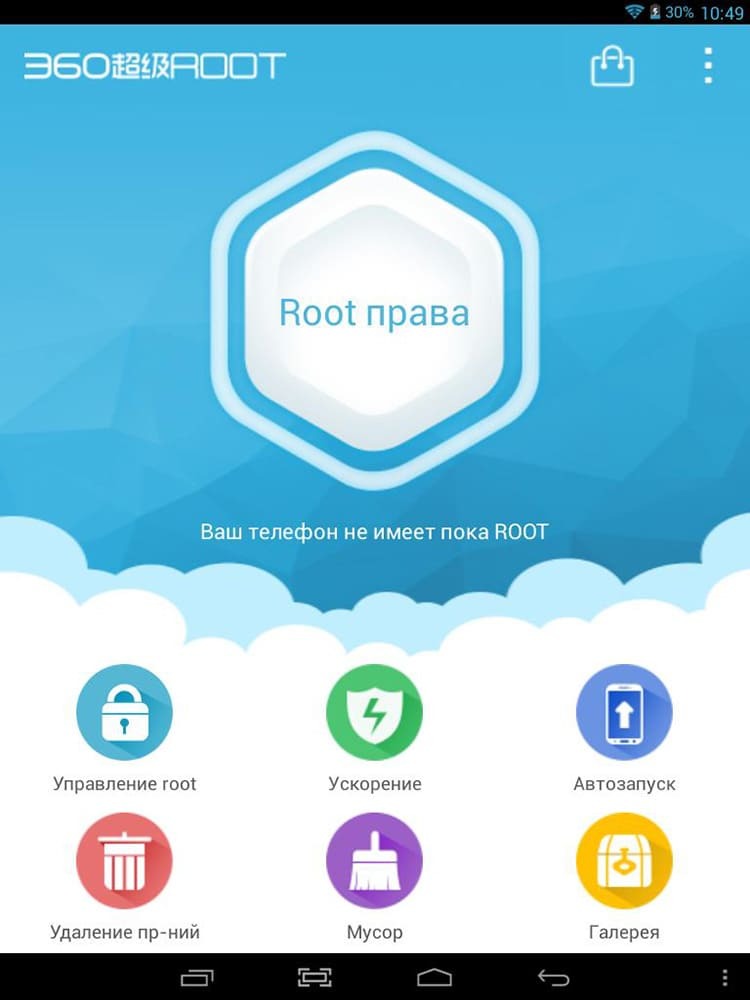
Root Genius
Another Chinese development. There is both a mobile version and a PC. The program is old, but has a large base of supported devices. The interface is quite simple and, like most similar programs, it is rooted with the click of a button.
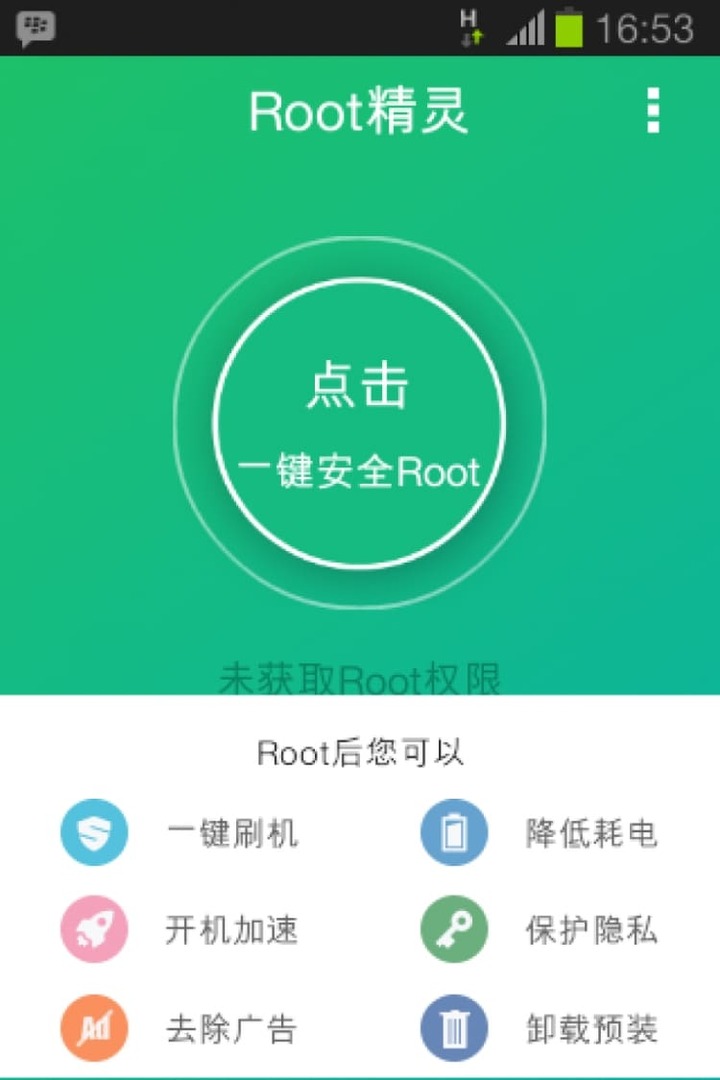
Baidu Root
Usually this application is used when others are not helping. It is also known as Onekeyroot or Easyroot. By and large, the application has a different design and most often supports those devices to which other applications cannot root.
The rooting process is activated with one button.
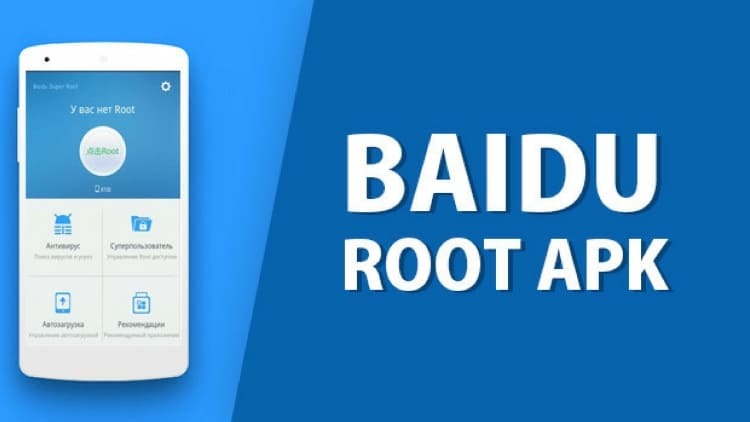
Rooting programs and applications and antivirus protection
As we wrote earlier, applications for obtaining root rights are a set of functions that exploit system vulnerabilities. Naturally, smartphone antiviruses will be against the installation of such applications. Actually, developers often indicate that everything that the user does with the help of their applications - he does at his own peril and risk. Since the approaches to obtaining root can be different, the permissions to individual parts of the system can be quite unexpected for these applications. For example, you may need access to a camera or geolocation. There is no catch in this, perhaps the algorithm uses some kind of camera or GPS functionality.
Smartphone features that prohibit changes
Until recently, one of the main lines of protection on a smartphone was disabling USB debugging, prohibiting to install applications from unknown sources and developer options disabled by default. Then the manufacturers began to block the bootloader. A boot loader is a small program located in a special protected area of memory that loads the system kernel and its components. At the same time, the images are checked. If the loader does not like the state, or the components are not signed, then further loading becomes impossible. This also applies to obtaining root rights. To give full access to the user, the downloader must consent to this. By default, this feature is prohibited in many smartphone models. Therefore, you first need to unlock the bootloader so that you can make changes to it. This is not always possible and not on all smartphones. Recently, however, there has been a positive trend, when manufacturers block the bootloader, but give the opportunity to unlock it in special ways. The average user is unlikely to be interested in unlocking methods. And specialists and geeks will have the opportunity to study the system and customize it in their own way.



